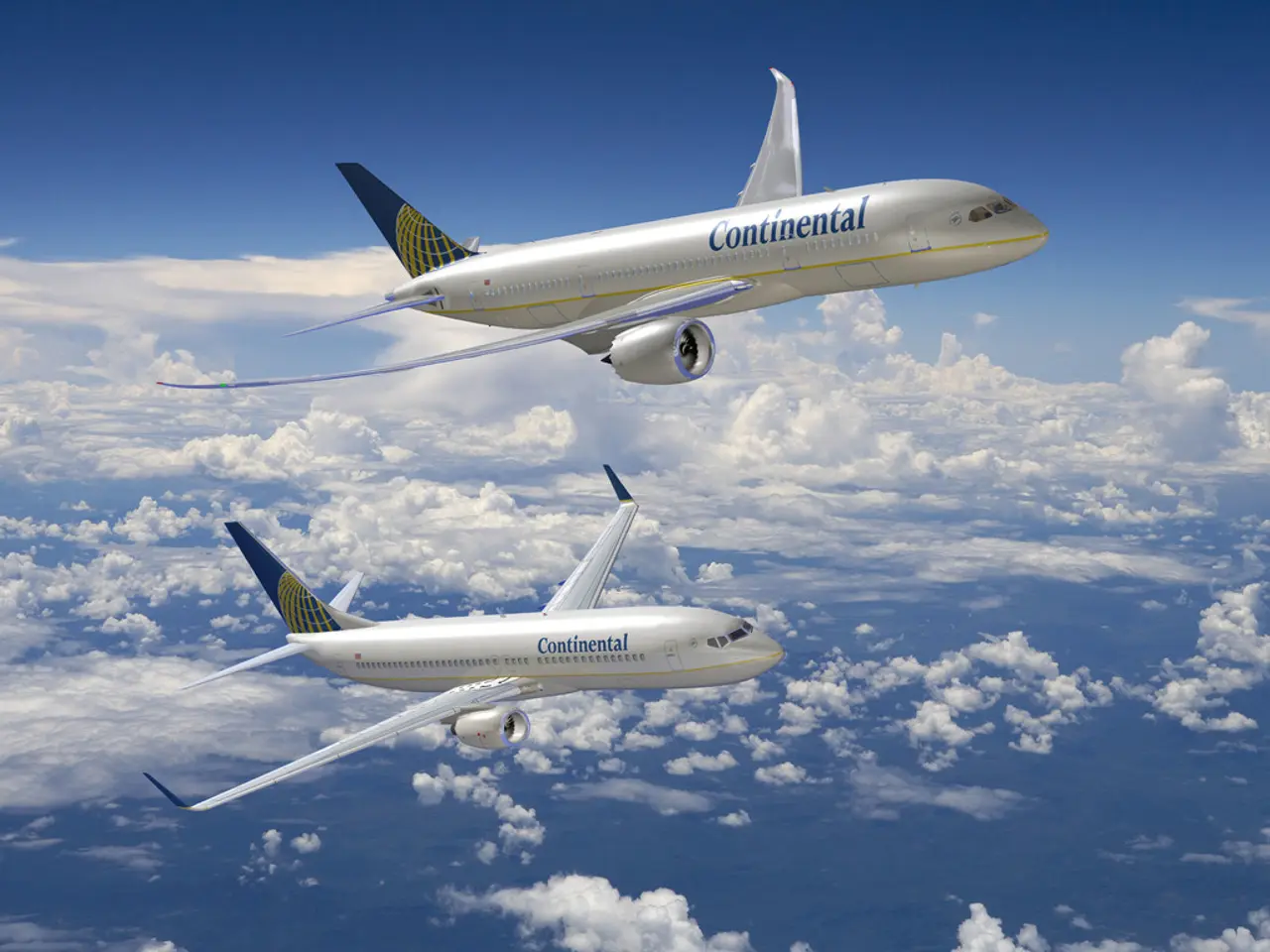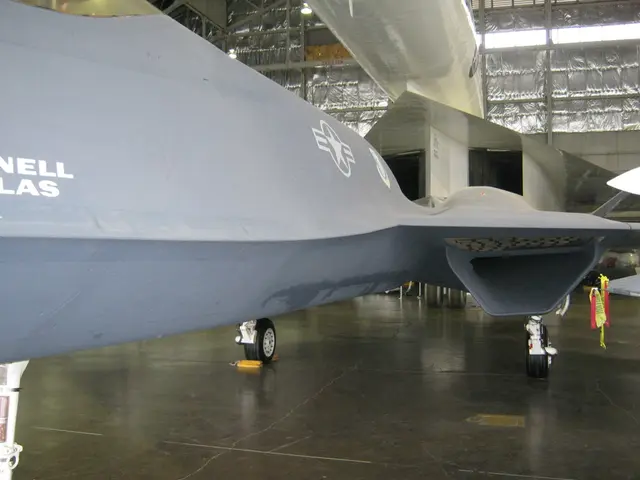U.S. Air Force Aviators Conduct Maiden Flight of Australian F-35 Jet in Pacific Region
In the skies above Australia, a historic moment took place during the Talisman Sabre 2025 exercise last week. For the first time, U.S. Air Force pilots flew Australian F-35A Lightning IIs, marking a significant step forward in enhancing allied interoperability and strengthening multinational defense partnerships.
This interfly exercise, as it's called, is a testament to the growing camaraderie between the U.S. and Australian air forces. The U.S. Air Force pilots were treated no differently than any other RAAF F-35 pilot during the exercise, underscoring the mutual trust and operational cohesion that this collaboration fosters.
The interfly event was conducted on an ad-hoc basis, making it the first of its kind for the U.S. Air Force. Its primary aim was to normalize F-35 cooperation in the Pacific region, a move that could pave the way for increased interoperability among allied nations.
The training involved a day of classroom work and simulator training before the pilots took to the skies. Lt. Col. Johnny "Yardsale" Rose and RAF Squadron Leader Daniel "Goffy" Goff were among those who participated in the exercise. They were embedded with two of the RAAF's F-35 squadrons, No. 77 Squadron and No. 75 Squadron.
The flying portion of the exercise was considered the easiest part due to the commonality of F-35 variants and aligned training practices. This operational commonality and compatibility were demonstrated during the exercise, as U.S. pilots seamlessly operated Australian F-35A fighters after limited training.
This interfly exercise is part of a larger effort by the U.S. Air Force to increase the interoperability of its F-35 fleet with cross-service events conducted among NATO allies. The RAAF's Lightning-X initiative, which aims to increase interoperability with allied nations' F-35s, aligns with this goal.
Talisman Sabre, a biannual exercise primarily between the U.S. and Australia, has grown in scope this year. A total of 19 nations are involved, with 30,000 military personnel taking part. Seaborn F-35s from U.S. and U.K. aircraft carriers are also participating in the exercise.
Maj. Justin "Spike" Lennon and Maj. Colby "Burn" Kluesner, evaluator pilots from the U.S. Air Force, participated in the exercise. Lennon stated that normalizing Interfly gives commanders additional options for agility and versatility in a future conflict, effectively strengthening coalition readiness and mutual support in regional security operations.
This exercise serves as a practical validation of combined airpower capabilities, symbolizing a key advancement in multinational defense collaboration and readiness in the Indo-Pacific region. It facilitates shared tactics, combined training, and enhances the ability to generate combat power jointly in future conflicts, effectively strengthening coalition readiness and mutual support in regional security operations.
- The U.S. Air Force's industry partners, likely in the aerospace sector, are crucial in maintaining the readiness of their aircraft, such as the F-35, for exercises like Talisman Sabre.
- The success of this interfly exercise could potentially attract investments from the finance sector, boosting the growth of the aerospace industry, including the military's Space Force.
- As we move toward potential future conflicts, fostering this level of cooperation between F-35 pilots from various nations, like the U.S. and Australia, is essential for achieving joint combat readiness, thereby necessitating support and collaboration from the military and air force authorities.
- Supporting allied defense collaboration in the Pacific region, such as that demonstrated during the Talisman Sabre 2025 exercise, not only relies on the precision of weapons systems but also on the trust and operational cohesion that comes from working closely with pilots and air forces from other nations.
- In the coming years, we may witness more cooperative events between air forces, pushing the boundaries of multinational defense operations, extending into space, where the role of pilots may evolve, giving way to a new generation of aerospace professionals.








